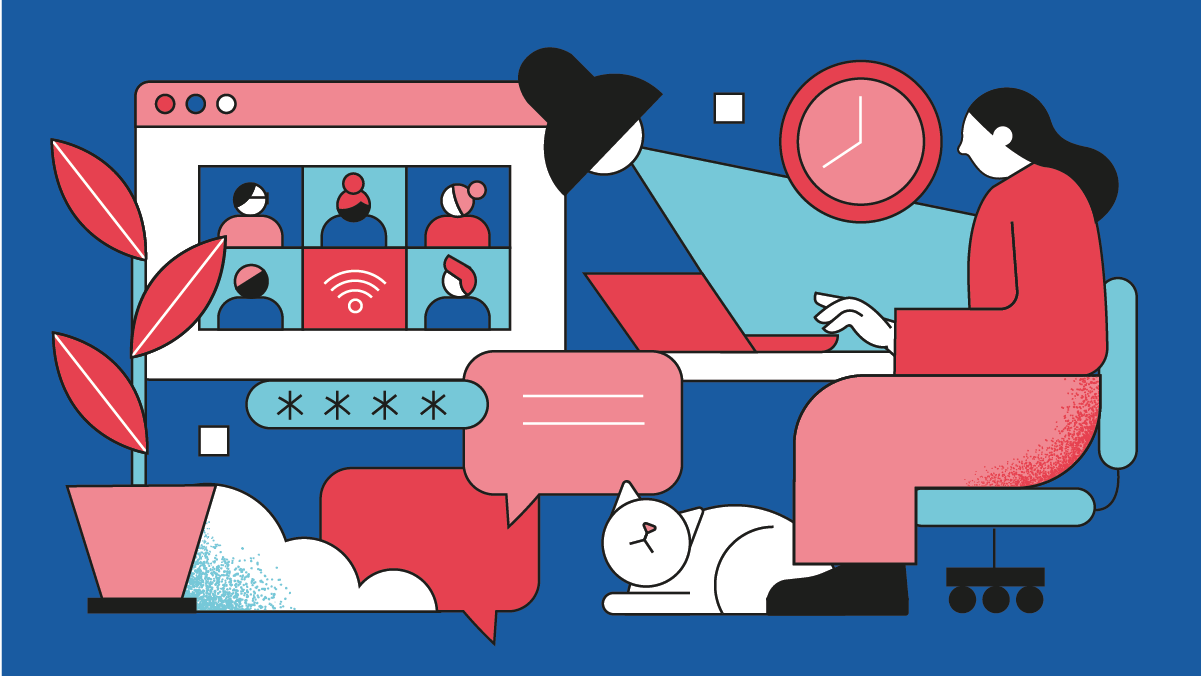
They say that there‘s no such thing as a free lunch – and many white-collar workers in the UK are discovering the truth of this adage.
More and more employers are adopting apparently generous in-office perks and benefits, introducing free food, subsidised travel and social events. But such measures don’t represent a sudden outpouring of corporate altruism. Instead, firms are trying to lure staff out of their home offices and back to HQ more often.
Exclusive research shared with Raconteur by recruitment giant Hays shows that 27% of employers are considering or offering new incentives to encourage their remote workers to return to the office.
This is something of a shift in strategy for employers, many of which have relied on return-to-office mandates to force people back. Last month, for instance, Amazon CEO Andy Jassy warned staff that “it’s probably not going to work out” at the firm for those who aren’t prepared to visit the office at least thrice a week. Zoom is another prominent tech company that’s changing its approach. Meanwhile, dating app Grindr has reportedly lost nearly half of its staff after mandating its own office return.
But can carrots, rather than sticks, change employees’ minds?
What are employers offering to lure staff back?
The most common on-site incentives are bike storage facilities, showers, free drinks, social events, new office tech, subsidised lunches and access to gyms.
Yet this does not align closely with what employees want. Only 13% of workers surveyed by Hays agree that being offered storage for bicycles would encourage them back to HQ, for instance, even though 49% of employers have laid on such facilities. And barely more than a quarter (27%) of workers say that more social events would persuade them to return, although 48% of employers are offering such perks.
Workers are far keener on subsidised or free food (cited by 45% of those polled) and subsidised travel (46%). Yet only 32% and 18% of employers respectively have introduced such incentives.
How office perks are changing
One firm that has upgraded its perks recently is Time Etc, the creator of a platform for virtual assistants. Aiming to reverse a steady decline in the number of people using its offices, the business introduced free chef-cooked lunches twice a week. Attendance has since increased by roughly 20% on these days, according to its founder and CEO, Barnaby Lashbrooke.
He says that the company will continue exploring ways to make coming to the office “as easy and pleasurable as possible”.
Brighton-based events business The Stag Company has been doing just that. So far, it has increased the number of social events, introduced buffet lunches and provided free drinks on Thursdays.
Its head of marketing, Tom Bourlet, reports that these changes have doubled office attendance. He reckons that the average employee comes in once a week now, rather than once a fortnight, noting that this “helps everyone to bond and bounce ideas off each other”.
Businesses must think beyond perks to lure staff back
The Hays survey found that, of the 70% of employers offering hybrid working, 23% were planning to change such arrangements before 2024 in a bid to bring more people back to HQ.
Kate Paterson leads the workplace design team at Ridge and Partners, a firm of architects based in Manchester. She says: “Although flexible working has become the preferred approach for many professionals, being together in the workplace is crucial for several reasons. For example, deeper, stronger working relationships are created when you interact with others face to face as opposed to through a screen.”
Coming into the office helps everyone to bond and bounce ideas off each other
Creative agency Exposure has been trying several initiatives to improve its office environment and soften the blow as it asks staff to come in three times a week rather than twice. Free breakfasts are among the new in-office perks that the firm’s employees can enjoy. But MD Ben Wardle says that improvements to office infrastructure, which involved quadrupling the number of meeting spaces and installing new videoconferencing facilities, have been key.
“It means that people feel they can come in at any time and find a space to do their work,” he explains. “That was critical to getting buy-in from the team and persuading them that coming into the office is as good, if not better, than being at home.”
Perhaps surprisingly, the measure that has helped Exposure’s transition the most is its new work-from-anywhere policy. This allows any employee to spend up to 10 days a year working outside the UK.
“Symbolically, it made everyone in the agency feel that we were still giving them flexibility, even though we were asking them to be in the office on certain days of the week,” Wardle says. “And, ironically, by giving more flexibility through this policy, we’ve had greater uptake of people coming to the office.”
As employers keep exploring the range of benefits and perks they could use to sweeten the return-to-office deal, it’s worth bearing in mind that flexibility remains a high priority for most people. Some are even willing to tolerate significant pay cuts to retain such freedom. So it may be worth consulting employees first to determine which types of incentives would make the greatest difference.

They say that there‘s no such thing as a free lunch – and many white-collar workers in the UK are discovering the truth of this adage.
More and more employers are adopting apparently generous in-office perks and benefits, introducing free food, subsidised travel and social events. But such measures don’t represent a sudden outpouring of corporate altruism. Instead, firms are trying to lure staff out of their home offices and back to HQ more often.
Exclusive research shared with Raconteur by recruitment giant Hays shows that 27% of employers are considering or offering new incentives to encourage their remote workers to return to the office.
